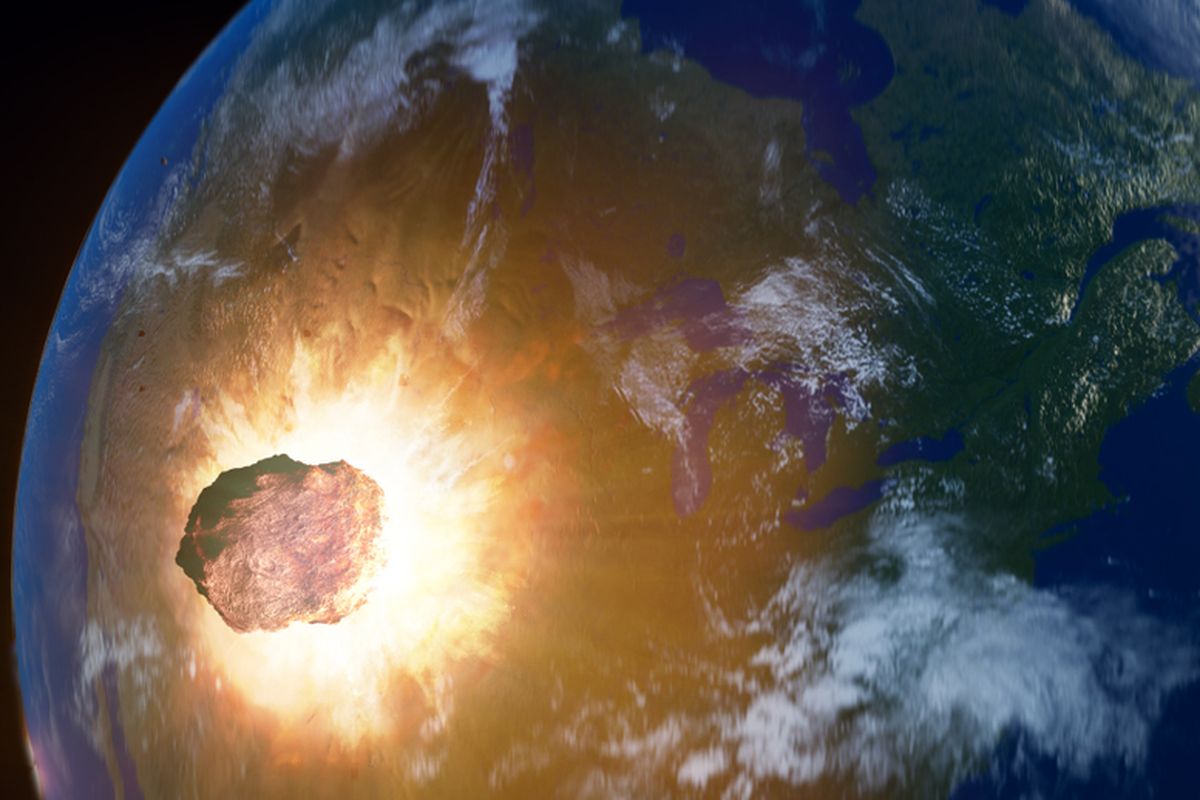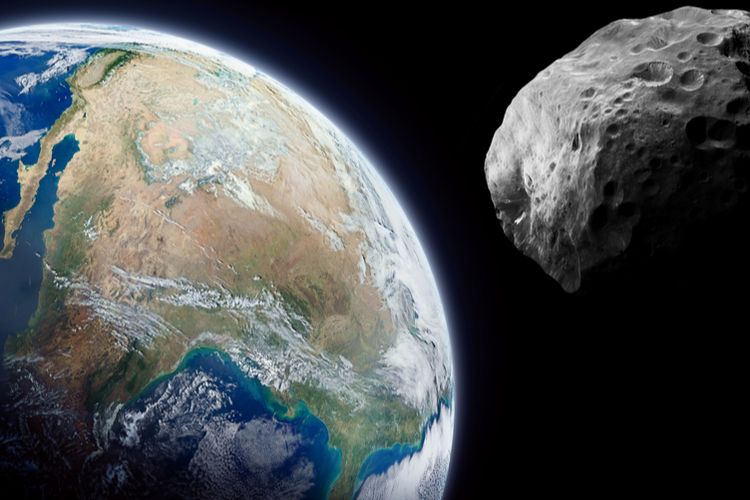Giant Asteroid Brushing Earth Can Be Seen in Indonesia

KOMPAS.com – Stargazers in Indonesia and elsewhere around the world are in for a cosmic spectacle, after a giant asteroid is set to go into Earth’s orbit.
Indonesian National Institute of Aeronautics and Space (LAPAN) researcher Rhorom Proyatikanto said that Asteroid 2020 ND will reach its closest distance to Earth at 5,086,328 kilometers on July 24.
“[Asteroid 2020 ND] is hurtling to Earth at 48,000 kilometers an hour. The distance is 15 times that between the Earth and the Moon,” said Rhorom to Kompas.com of the asteroid.
Also read: 'Ring of Fire' Solar Eclipse to be Visible from Indonesia on June 21
With an estimated length of 160 to 200 meters and a diameter of 120-160 meters, the asteroid is 1.5 times bigger than the National Monument (Monas) in Gambir, Jakarta.
NASA classified the asteroid as a PHA or potentially hazardous satellite due to its size, proximity to Earth, and the dangers of its impact on the planet.
But Rhorom disagreed. “Asteroid 2020 ND is what we call an Apollo [asteroid], as it has been traced for over a year and has cut the Earth’s orbit.”
But if anyone fears the sky is falling, Rhorom assured them to take it easy. “The asteroid is still too far from the Earth to do harm. Not only that, we can still see it from Indonesia.”
“We can see [Asteroid 2020 ND] between sunset [on the evening of July 24] until sunrise [on July 25].”
 An asteroid heading towards the Earth
An asteroid heading towards the EarthAlso read: Series of Earthquakes Rattles Indonesia
Rhorom noted that sharp, high quality equipment is needed to view the asteroid. “One will need a telescope with a 20 centimeter lens to see [the Asteroid]. A DSLR camera will not be enough, since their lens is 10 centimeters or less.”
“If one were to see the asteroid with a telescope from their homes, it will look like a small, faint twinkling white dot among brighter stars. But if we compare photos between tonight and the previous night, or the next night, we can tell that it is moving.”
Scientists and historians believed that asteroids are behind some of the earth-shattering events in the planet’s history. They include the first major Ice Age on Earth 800 million years ago, as well as the extinction of the dinosaurs, 65 million years ago.
(Writers: Gloria Setyvani Putri, Science Contributor Monika Novena, Yohana Artha Uly | Editors: Gloria Setyvani Putri, Holy Kartika Nurwigati Sumartiningtyas)
Sources:































